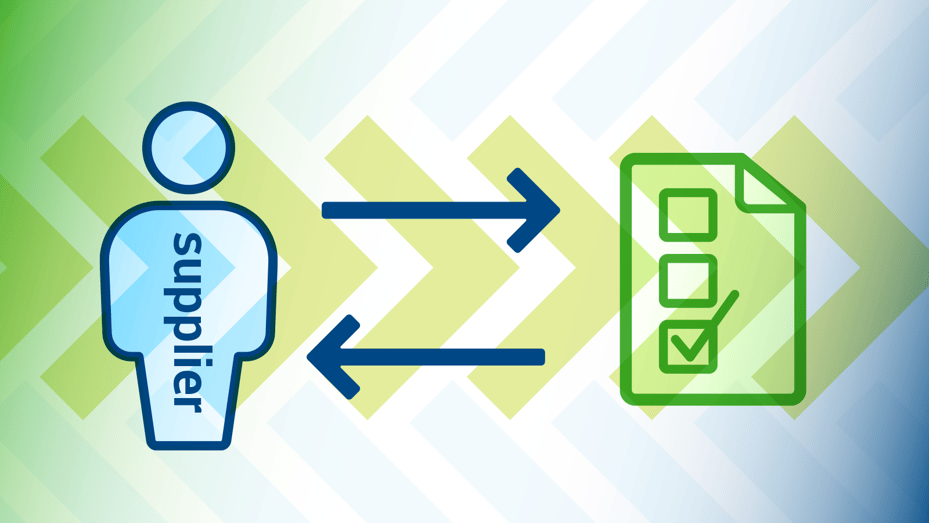
What it Takes to Restructure a Supply Chain on a Dime
|
Product Lifecycle Management
|
Food & Beverage
|
Supplier Relationship Management
Posted By:
Trace One
In a paper titled “Digital Transformation Drives Supply Chain Restructuring Imperative,” the International Data Corporation (IDC) lays out the case for digitizing supply chains:
Companies that can build supply chain flexibility more quickly will be better positioned to support their consumers/customers and thus grow their business more effectively.
Prior to 2020, the call to digitize was a polite but insistent dinner bell, but with the massive disruptions to global supply chains in early 2020, that call is now a bullhorn. Trace One’s product lifecycle management software, Trace One Devex PLM, contains a module that makes collaboration with suppliers fast and efficient.
How to standardize and automate supplier relationship management with the Supplier Collaboration Portal
Trace One's Supplier Collaboration Portal (SCP) is a single, central space to gather, store, and share supplier data. It integrates directly into product development and supply chain business processes.
Step 1: Standardize for cleaner supplier data
The SCP includes support for questionnaires that can be customized and sent to suppliers to standardize supplier data, preventing delays caused by simple (and easily preventable) errors. For example, when a business process lead felt something was off about the nutritional data he was getting from suppliers, he discovered that they were using different rounding rules.
By standardizing that data in the supplier questionnaire, the problem is avoided entirely. “By having suppliers put the information into the questionnaire where we’ve got our calculations already set up, we trust the information that we’re getting,” the PM said.
Step 2: Eliminate delays caused by disparate data sources
The smallest error can completely invalidate a certification (not to mention drawing a potential fine). Allergen and hazardous substance data, for example, must be exact.
But with each medium used to document supplier data—paper, buried emails, five different versions of an Excel file—the potential for error increases dramatically. Centralizing supplier data with a single source of truth eliminates the risk of stale or invalid data.
Step 3: Increase transparency for improved collaboration and renewed focus
Centralized, digital supplier relationship management eliminates inefficiencies and allows procurement teams to focus on optimizing the supply chain. Data is easy to find, questions are easily answered, and the accuracy and validity of supplier data is easily verified.
Step 4: Find a partner
In “Digital Transformation Drives Supply Chain Restructuring Imperative,” the IDC also suggests partnering with technology firms, rather than trying to become a technology expert yourself:
We contend that the exploration of technology is best left to companies that do it for a living and that partnership strategies are much better for manufacturers and retailers. Thus the overwhelming landscape of new technology becomes much more manageable.
Trace One solutions are designed specifically for formula-based products, and we work closely with customers as technology partners, as one R&D director can attest. “The partnership with the Trace One team has been very, very helpful. They’ve been helping us a lot, they’re very patient.
Simplify, simplify, simplify
Each of these four steps exemplify what the transition to digital does best: simplifying processes and workflows by leaving error-prone, time-consuming tasks to a proven system. Trace One’s Supplier Collaboration Portal simplifies the qualification, registration, and ongoing management of suppliers and vendors, making supply chain pivots and restructures less daunting.